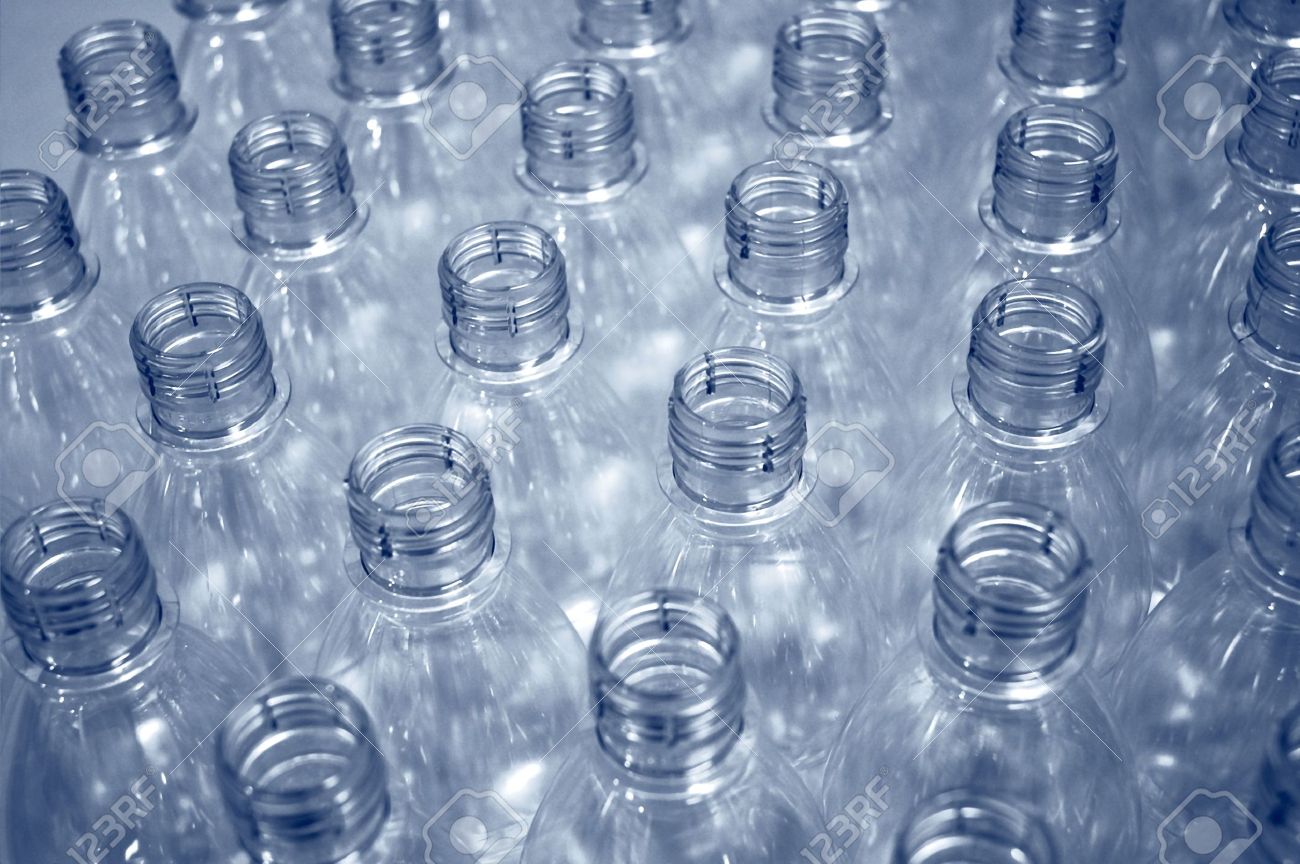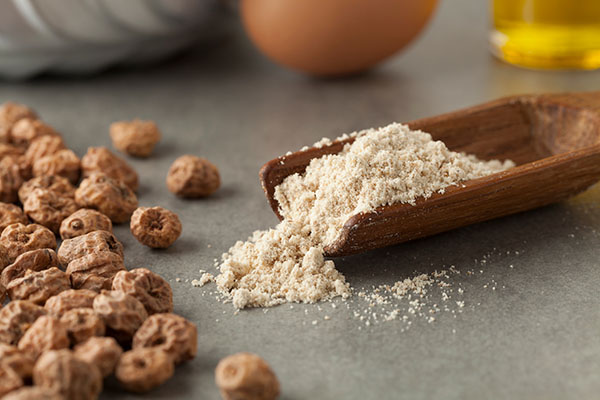
Advertisement
What do you do with your leftovers? Do you throw them away, add them to compost or save them for later?
If you reheat and use up your leftovers, what do you use for food storage? Do you use random plastic tubs, or do you have proper food grade plastic containers?
There are different types of plastic, but not all of them are food safe — safe to use for storing food and drinks, that is. Before you save that pot roast for tomorrow’s dinner, read on to learn more about food grade plastics and what kinds of plastic to avoid.
Which plastic should you use for food storage?
First things first: Check the container for a Recycle symbol. The bottom of the container is a good place to start looking for it.
Take note of the recycle number inside that symbol. Cross-reference it with this list of plastics that are considered “food safe.”
- #1 PETE (polyethylene terephthalate)
- #2 HDPE (high density polyethylene). Make sure any #2 HDPE container is rated Food Safe.
- #4 LDPE (low density polyethylene)
- #5 PP (polypropylene)
Water bottles and soft drink containers have it simple and easy. They’re primarily made of #1 PETE, a food-safe type of plastic.
However, bear in mind that the typical water/soda/juice bottle is meant to be disposed of once used.
There are also certain plastics that should be avoided like the plague. These dangerous types are either made of hazardous ingredients or leach contaminants that will ruin your consumables.
- #3 PVC (polyvinyl chloride) is known to have carcinogens during manufacture and incineration.
- #6 PS (polystyrene) has possible carcinogens.
- #7 PC (polycarbonate or PC) can leach the toxic chemical BPA (Bisphenol-A).
The typical five-gallon food-grade bucket is comprised of #2 HDPE. The vast majority of these containers are opaque to protect against light that can degrade their contents. They have labels denoting them as Food Grade, Food Safe or some similar terms, and they are advertised as such.
Other indicators that denote a bucket is ‘food-grade’ include the cup and fork symbol and labels of approval by the United States Department of Agriculture, Food and Drugs Administration, and the National Science Foundation.
Like food-grade buckets, your standard water storage container and water barrel are also made of high density polyethylene #2 HDPE. These distinctive blue containers are marketed as food safe.
If you plan to obtain a plastic bucket or container for use as food storage, make sure its material is food-safe before you purchase it.
Make sure your #2 HDPE container is food-safe
All food-grade buckets are comprised of #2 HDPE. But not all high-density polyethylene buckets have earned a Food Safe rating.
Plastic containers are shaped using two methods. Either high-pressure compressed air is used to blow molten plastic into shape from the inside, or the molten plastic is poured onto a hard mold that gives shape to the material as it cools and hardens.
The latter method requires the use of mold release agents. These are chemicals that keep other materials from sticking to surfaces. Mold release agents make it easier to extract the newly-shaped plastic from the hard mold.
Some mold release agents work more quickly than their counterparts. However, these faster agents can be toxic to human health if they come into contact with food or water.
Chances are that any #2 HDPE bucket that isn’t marked as Food Safe has been touched by potentially toxic mold release agents. This means they are prone to out-gassing and leaching of toxic substances. Any items stored inside them are constantly in danger of contamination.
The best way to verify the safety of a plastic container is also the simplest: Call the manufacturer or supplier and ask them if their product is food-safe.
Sources:
Advertisements







